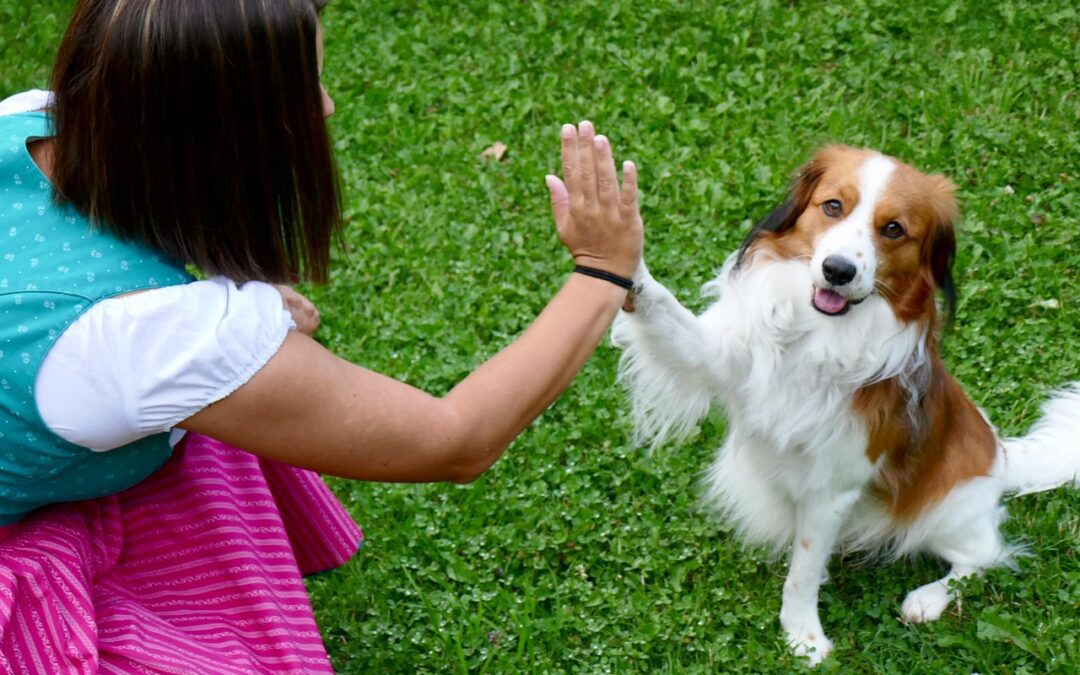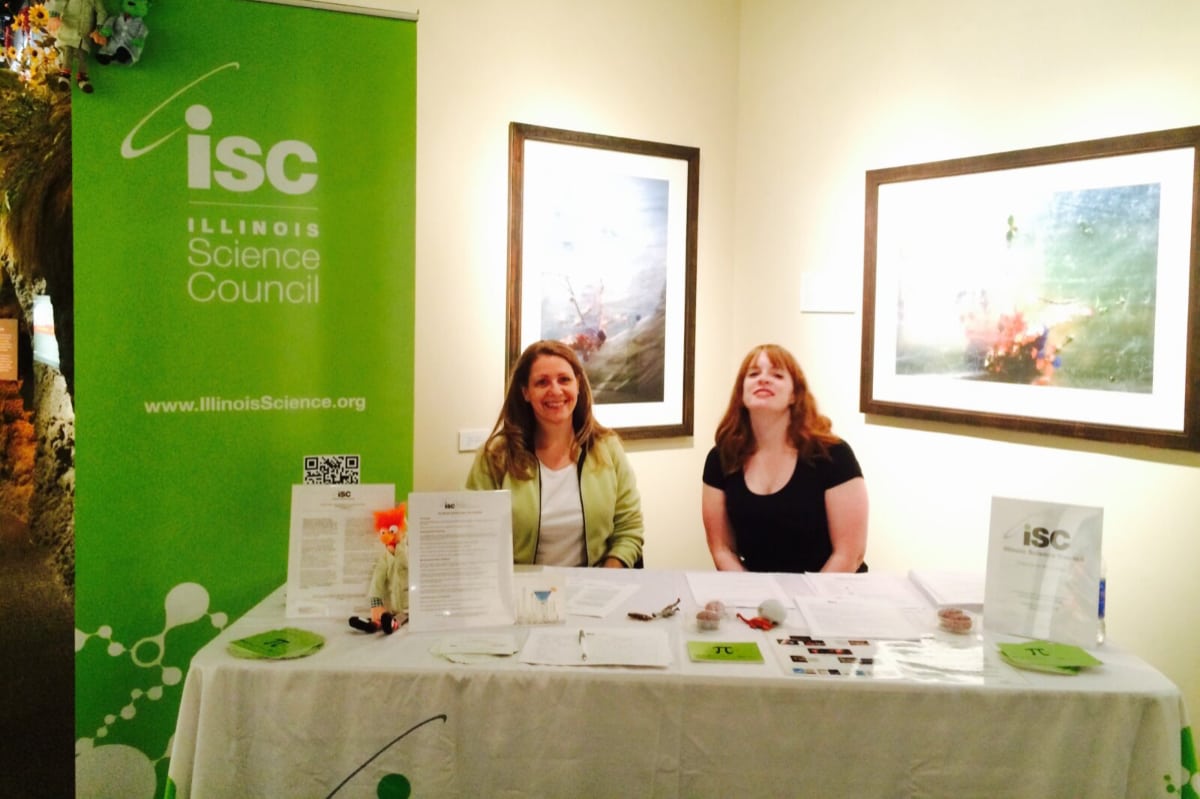Coming face to face with our best friends
There’s just that something behind your canine companion’s eyes, but you can’t tell what. Dogs seem to know us well, but how well do we know the pooch perched at the foot of the bed? Canine cognition is still an emerging science, with research groups at Duke, Yale and more starting to look beyond those puppy eyes.
Along with understanding our furry friends that bring us comfort, researchers explore the cognitive processes that help dogs become our heroes, from dogs sniffing out landmines to reporting out-of-range blood sugar levels in diabetics.
Understanding cognition
To consider canine cognition, researchers applied their knowledge from working with humans. Cognition is the mental act of learning and remembering through lived experiences and thought. Perception, decision making and responsiveness are three processes under the umbrella of cognition.
Cognition allows constant intellectual growth, in humans and our animal counterparts. This learning can help us overcome emergency situations.
One study evaluated whether cognitive complexity contributes to how managers respond to emergencies. Managerial firms with cognitive complexity make judgments about their surrounding environments by adopting more nuanced perspectives. Firms with greater cognitive complexity tended to have better emergency preparedness. While this study explored collective cognition of managerial firms, a similar logic can be applied to everyone – people and animals – handling challenging, high-pressure scenarios.
Comparing infant and canine cognition
Scientifically, it’s hard to deny your canine connection. In some ways, dogs are just like us. Infants can identify human-produced cues and gestures, and so can dogs. Research shows, while nonhuman primates tend to struggle with cues, dogs can interpret human gestures to find concealed food. All dogs perform at relatively high levels with these kinds of tasks.
Even chimpanzees cannot compare to dogs and babies. Strong cooperative communication (the act of individuals collaborating with one another) indicates strong social skills. Domestication and evolution are key factors that enable household dogs to develop this level of social understanding during early development.
A service dog in their vest.But this doesn’t distinguish our loyal lap dogs from our fearless friends. By conducting more studies based on infant research, experts learned discriminatory (i.e. differentiating between smells) and cooperative-communication skills are among the traits that make some dogs better than others when working with humans. Some individual differences – especially communicative abilities – could be inherited within a breed.
In talks with the American Psychological Association, canine researcher Stanley Coren specified three ways dogs acquire intelligence: through instinct, adaptation and working/obedience. Instinct can be rooted in intentional breeding practices, whereas adaptation and working/obedience are learned through environmental interaction and structured experiences.
This may sound familiar because toddlers have similar cognitive processes. However, dogs’ social skills and unique sensory abilities suit them for more advanced tasks.
Getting to work in the field
Landmines – explosives on or under the ground used during war – do not automatically deactivate at the end of a conflict. While more countries move toward eliminating landmine use globally, many landmines remain in war-torn areas.
Despite our awareness of landmines, humans struggle with landmine detection. Human teams take longer to review potentially landmine-riddled plots of land, especially as metal detectors prove ineffective with sensing non-metal explosives. This is where the dogs come in.
Dogs’ discriminatory abilities allow them to more efficiently search for landmines. Canines already have strong discriminatory abilities and senses of smell due to their large olfactory – or smell – centers, 40 times the size of a human’s.
Dogs with heightened discriminatory abilities can more easily sense target odors. Not only can dogs identify chemicals leaking from devices, they can also overlook other scents. Varying soil types, moisture levels, microorganism presences and climate conditions contribute to background odors that complicate scent discrimination. Research shows that dogs can comfortably differentiate up to 10 odors. Considering these factors, dogs perform comparatively better than humans in uncovering landmines.
Working closer to home
While canines surpass humans with olfaction, dogs also have impressive hearing. Dogs can detect high pitches that adult humans may not hear, such as frequencies of up to 65 thousand Hertz. Along with pitch sensitivity, dogs can detect sounds with lower intensity. This wide range equips dogs to better serve deaf and hard-of-hearing humans.
Toddler-like social cognition and strong sensory sensitivity are just two components that shape service dogs. Puppy-mother attachments also correlate to performance.
A study published in 2017 analyzed puppies bred to be service dogs. Puppies exposed to more intensified maternal behaviors – like licking and certain kinds of nursing – were more likely to be released from service dog training programs. This could be due to less exposure to stress. While having too much stress inhibits performance, puppies need to understand stress to manage high-pressure tasks. The effect of maternal styles on future service animals is still contested and lacks a substantial body of literature, but multiple researchers have observed patterns in dismissals from service dog programs due to these differences.
Knowing a dog’s worth
While some dogs’ genetics, upbringings and learned skills give them advantages as military or service animals, there is more universal research supporting dogs’ benefits. Some studies suggest dogs boost human oxytocin levels and lower cortisol levels, reducing stress. While dogs can experience heightened cortisol levels from human interaction, dogs can also experience a similar oxytocin boost, encouraging greater bonds.
A dog may have the intelligence of a toddler, but dogs’ sociability and sensory perception allow them to function in vastly different capacities than humans. Even if your four-legged friend spends most of their time on long walks or cuddled up by the fireplace, the human-canine relationship is a beast in itself.
-
Elizabeth Casolo is a student at Northwestern University’s Medill School with journalism and global health studies majors and a data science minor. Elizabeth is currently an online news intern at Health News Illinois and Wisconsin Health News. You can reach her at linkedin.com/in/elizabethcasolo or elizabethfcasolo@gmail.com.
View all posts









